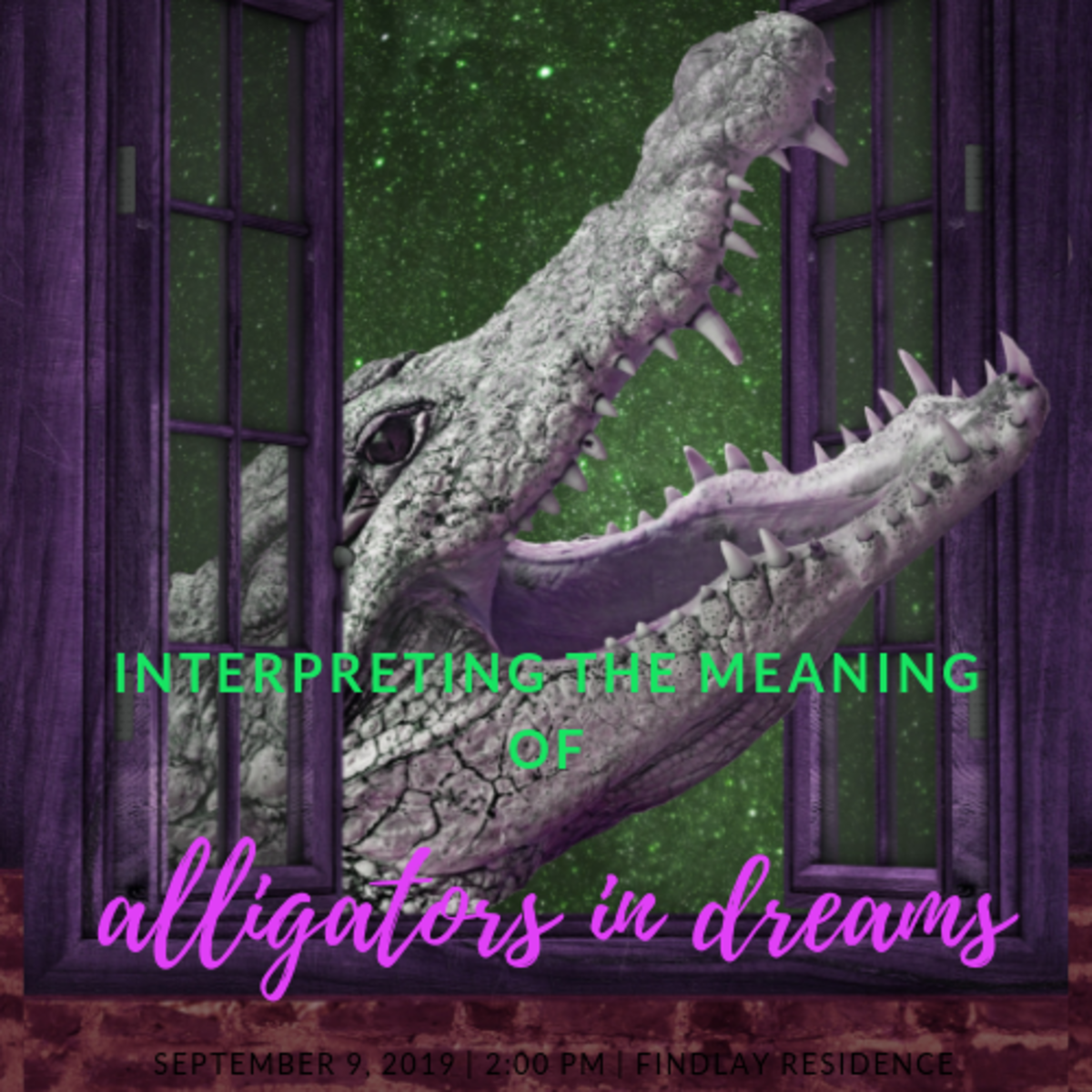Sleep Paralysis and Lucid Dreaming


Have you ever experienced Sleep Paralysis?
Sleep Paralysis
Every so often, seemingly at random, I wake up terrified and gasping for air. I dream of shadows crawling toward me and slowly taking away my ability to move, until they finally make their way to my chest and press their weight on me in an attempt at suffocating me. I dream of shining eyes lurking, men stabbing me with muted faces behind black masks, and I even dream of dying as I feel myself pulled downward into a seemingly inescapable darkness.
Every time I have these dreams, they feel real. That is, until I wake up shaking with my heart drumming away in my ears. They are so real to me, that it takes a great deal of time for me to realize that I am truly awake and that it did not happen. For the longest time, I was actually certain I was being visited by supernatural entities attempting to kill me. Sounds ridiculous but it's true. The strange and lucky thing is, I'm not alone.
Recently, I visited my parents house and ended up sleeping on the couch my first night there. My brother woke me when he came home from work and asked if I wanted his room. Half awake, I refused. What I didn't realize was that I'd fallen back to sleep. I dreamed that I lay there with my eyes closed and listened as he went to take a shower, then went to bed.
Minutes later, I felt a shiver in the air that made my eyes open. From his bedroom door, a shadow moved, slowly driving toward me in a swaying motion side to side, as if dancing or taunting me. As it came closer, its lazy movements became more deliberate until it began to make its way from my toes all the way up my body.
I wanted to scream to my brother but nothing came out. I fought with my voice to make any sound but I remained helplessly mute. I couldn't move my body, couldn't call to my brother. All I could manage was to keep my eyes on this shadow as I continued to scream noiselessly in my head for my brother to come out and save me.
Then it was over. I don't remember actually opening my eyes, except I woke in the same position as I was in the dream and slowly realized what actually happened. This wasn't the first time and probably wouldn't be the last so I knew it was time to research.

Symptoms, Treatment, and Causes of Sleep Paralysis
- Sleep Paralysis Symptoms, Treatment, and Causes
Have you ever been dozing off or waking up and unable to move or speak? The experts at WebMD explain the phenomenon of sleep paralysis.
What is Sleep Paralysis?
My search began by simply google-ing "dreams where you can't move or speak." What I discovered first was that there are plenty of people out there who had this same terrifying experience. I also learned what it was called: sleep paralysis. According to an article from Stanford.edu and many other sites I visited, sleep paralysis is basically when someone can't move during sleep or upon waking. It is accompanied by fear and even hallucinations and can happen more than once during the night.
Don't worry, if you suffer from sleep paralysis, it is not considered a sign of any major health problems, physical or mental. Believing that you experienced an encounter with an evil presence of some sort is common so you aren't crazy. If you're like me, you just let out a deep sigh of relief upon reading that. There are many treatments for sleep paralysis as well as explanations, which we will get to further on.

What is Lucid Dreaming?
Sleep paralysis is often attributed to lucid dreaming. Lucid dreaming is basically when one is realizing they are dreaming and has control over their experience. It is vivid and seems completely real, except for the fact that you know that you are in fact dreaming the entire time.
Sleep paralysis is not a form of lucid dreaming. Yes, it is related because the experience one has when suffering from sleep paralysis seems to be real, just like with lucid dreaming, but the major difference is in the control. Lucid dreams are sought after by many people interested in exercising power over their own dreamworld, whereas sleep paralysis is something one would rather get rid of like a parasite. There is no control in sleep paralysis, which is what makes the experience terrifying. However, getting some ideas on how to lucid dream, may help in finally taking a stand against those demons that come and visit and taking back the control over those dreams.

Causes for Sleep Paralysis
Sleep paralysis usually occurs as you are falling asleep or as you are waking up. There are many different ideas for what causes sleep paralysis. One common belief is that it is closely related to narcolepsy, which is a common sleep disorder that involves excessive sleepiness and random sleep attacks. Other causes include:
- a lack of sleep
- a changing sleep schedule
- mental conditions (like stress)
- sleeping on the back
- other sleep problems
- use of certain medications
- substance abuse
What happens during sleep paralysis?
As I said, sleep paralysis occurs as you fall asleep or as you are waking up. When falling asleep, your body relaxes as you slowly lose awareness. This turns to sleep paralysis when your body falls asleep before you do, meaning you are still aware enough to think you are awake, except sometimes this involves hallucinations. Either way, you are immobile and, therefore, terrified as you feel stuck and helpless.
During the night, we all go through different phases of sleep. To put it simply, we go through REM (rapid eye movement) and NREM (non-rapid eye movement) cycles. NREM takes up about 75% of our sleep cycle, giving us plenty of time to allow our bodies to relax and recuperate. Toward the end of this time, we enter REM, which is the time for dreaming and eye movement, while the rest of our body remains immobile. Before this is finished and we wake up, we may realize that our muscles are all "turned off" and feel it before completely becoming aware.

Treatment for Sleep Paralysis
If you decide to go seek help for your sleep paralysis from a doctor, there are a few things you can do to prepare for your visit as well as things to be aware of:
- Keep a diary that includes your symptoms and when it occurs
- Be prepared to discuss any known sleep orders or family history of sleep disorders
- You may be referred to a asleep specialist for evaluation
- You may have to participate in an overnight sleep study (or daytime nap) to make sure you don't suffer from any other sleep disorders
How do I know if I need treatment for sleep paralysis?
According to the article from Webmd.com linked above, treatment isn't always necessary for sleep paralysis. However, if you're anxious, exhausted all day, or just can't sleep because of it then it's a good idea to try to get some help with it from a doctor. There are some simple things you can do at home like getting more sleep (at least six to eight hours), sleeping in a different position, and doing stress relief activities before bed which may help. Using antidepressant medications may help regulate sleep as well as treating any mental health problems or other sleeping disorders you may have that are connected to the sleep paralysis.

How to Lucid Dream
Lucid dreams are sought after by many because of the fact that you are aware while you are dreaming. This awareness can be strong or faint but either way it can help one remember their dreams and the experience they had. Usually, one doesn't become aware they are dreaming until around the middle of their dream. For someone suffering from sleep paralysis, lucid dreaming may help them to recognize when they are dreaming so that they can avoid that fearful moment when they feel they are being suffocated.
Here are a few quick tips on how to lucid dream:
- Perform "reality checks" during the day. During the day, ask yourself "am I dreaming?" at regular intervals. This way, this habit will continue when you are actually asleep and in a dream and help you recognize when you are in reality and when you aren't. You can also write an A or another symbol on your palm to remind you you are awake. If you see it in your sleep, you may be lucid dreaming.
- Keep a dream journal. Dream journals are essential for those who are truly interested in their dreams. All you do, is keep a journal or recording device close to your bed and write/record in it immediately when you wake up. This is a great resource to look through later to see patterns in your dreams that will enable you to recognize when you're dreaming and become more aware.
- Keep yourself lucid dreaming. In your dream, spin or fall backwards. This will bring you to a different location and keep you in some control and awareness while dreaming. It also prevents the sensation that you are lying in bed. Maintain awareness of your surroundings to remind yourself that you are dreaming.
- Time it. Knowing when dreams occur can help induce lucid dreams when you understand how to schedule your sleep. Studies show that lucid dreams are more common during those few hours before waking in the morning. They also show that dreams run in hour long cycles.
- One technique is the Stephen Laberg's mnemonic induction of lucid dreaming (MILD) that involves setting alarm to wake you up 4.5, 6, or 7 hours after you sleep.
- The WBTD (Wake Back To Bed) technique asks you to set an alarm five hours after you go to bed and then to wake for an hour in which you concentrate on lucid dreaming before going back to bed.
- The WILD (Wake Initiated Lucid Dream) is another technique but is known to cause sleep paralysis so I wouldn't recommend it.
© 2012 Lisa





